How to Avoid Animal Cruelty While Traveling
What to know—and what to avoid—before your next trip
(THANKS FOR GIVING THIS PIECE A LITTLE SHARE, FOLLOW, or HEART!) ❤️
As travel season ramps up, it’s never been more important to know which animal experiences are unethical—no matter how harmless they may seem. From baby lion walks to elephant painting shows, these tourist attractions thrive on deception and cruelty. Even the most compassionate travelers can unknowingly support cruelty masked as “sanctuary,” “rescue,” or “culture.” Before you book that tour or pose for that photo, read this—and please pass it on to everyone you know who loves animals.
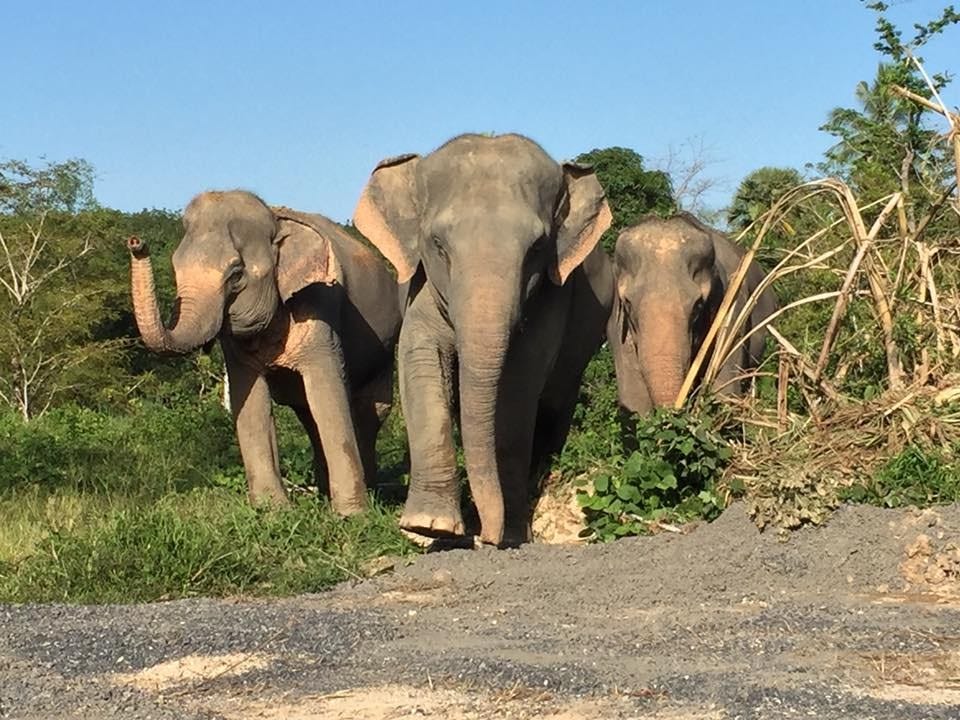
In the airport while waiting to board my plane, I overheard a woman talking on her cellphone: “He painted it all by himself,” she said. “Then we rode them, and some of us bathed with them. It was amazing.”
I knew right away she was talking about elephants in Thailand, where I had just been—visiting sanctuaries filled with animals rescued from the tourism industry.
We saw rescued gibbons who are drugged and abused into submission so tourists can get their photos taken with them and who can never be returned to the wild. (Baby animals especially—from tigers and elephants to other non-human primates—are the most vulnerable victims of this tourist trap.)
We spent time with elephants who had been rescued from the riding and trekking industries and watched videos that show the physical torture these social and intelligent animals endure so tourists can ride them and buy their paintings.
“Torture” is no exaggeration. The industry’s name for the process of separating baby elephants from their mothers, physically abusing them, and breaking their spirits is called the phajaan in Thai. It means “the crush.” (You can find hidden-camera investigations on YouTube—just be warned: they’re incredibly upsetting).
When Exploitation Looks Like Entertainment
Sadly, animal attractions are on the rise around the world, especially as tourists can so easily document their experiences on social media. According to a report by World Animal Protection, the number of wildlife selfies posted on Instagram rose by 292% in just three years, driven by the desire to capture viral moments—at the expense of the animals’ well-being.
In response, Instagram began triggering warnings to users searching certain animal‑selfie hashtags—but they’ve also partnered with wildlife groups like WWF and TRAFFIC to remove content that depicts abuse or the sale of wild animals. Facebook and other platforms now allow users to report these posts, and they claim to proactively delete flagged content, although enforcement remains inconsistent.
Even if the cruelty isn’t right in front of us, it is there behind the scenes. It’s not always easy to tell what’s exploitative—especially when it’s framed as something harmless.
One way to tell is this: wild animals want to avoid contact with humans at all costs, and it should be a red flag if anyone charges for a performance (including elephants painting), a photo, or any interaction with a wild animal at all—whether in the water or on land. As I said, by virtue of a wild animal being used for anything—even something as seemingly innocuous as an elephant painting—it’s harmful. As I said, the moment a wild animal is being used for anything—even something as seemingly innocuous as an elephant painting—it’s exploitation and abuse not enrichment or education.
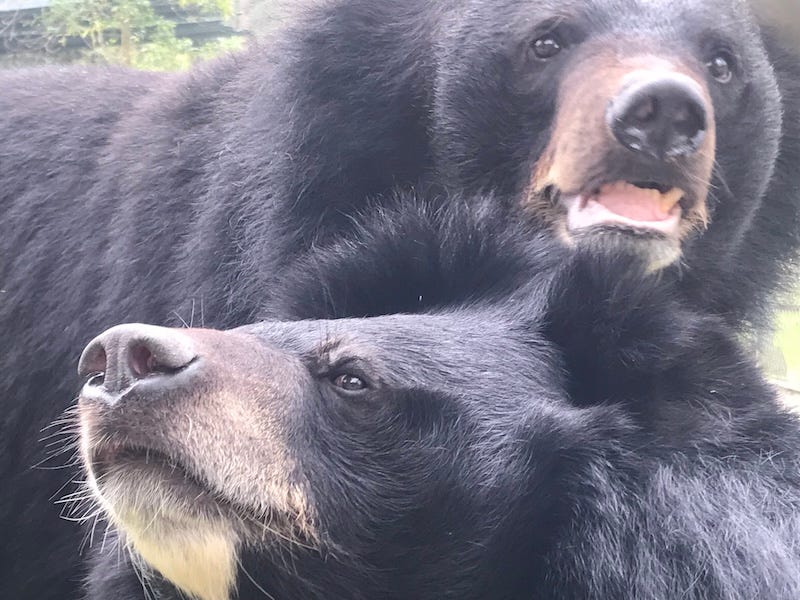
But here are some of the sneaky ways animal exploiters trick the public into thinking there’s no harm being done:
Hidden tools: A mahout—an elephant handler—may have a sharp object concealed in his hand. When he appears to gently touch the elephant’s ear or side to “guide” them, he’s actually digging that tool into the elephant’s sensitive skin. From a distance, it’s invisible. To the elephant, it’s extremely painful.
The bullhook: Even if the handler never uses it in front of tourists, just holding it is enough. The elephant sees it—and remembers. That bullhook is the same weapon used during the phajaan—“the crush”—to break their spirit when they’re babies. Its presence alone keeps them fearful and obedient.
Conditioned submission: By the time tourists see these animals, most of the abuse has already happened. The screaming, beating, starvation, isolation—all of that takes place out of sight. So when the animal seems calm or cooperative, it's not because they're willing. It's because they're traumatized.
Just because we don’t see the cruelty doesn’t mean it isn’t there. Many of us are drawn to animals, intrigued by our differences and fascinated by our similarities. But our desire to be close to them is exactly what causes them the most harm. If we’re truly enamored with animals, let’s love them enough to leave them alone. A few seconds of pleasure for us could mean a lifetime of pain for them.
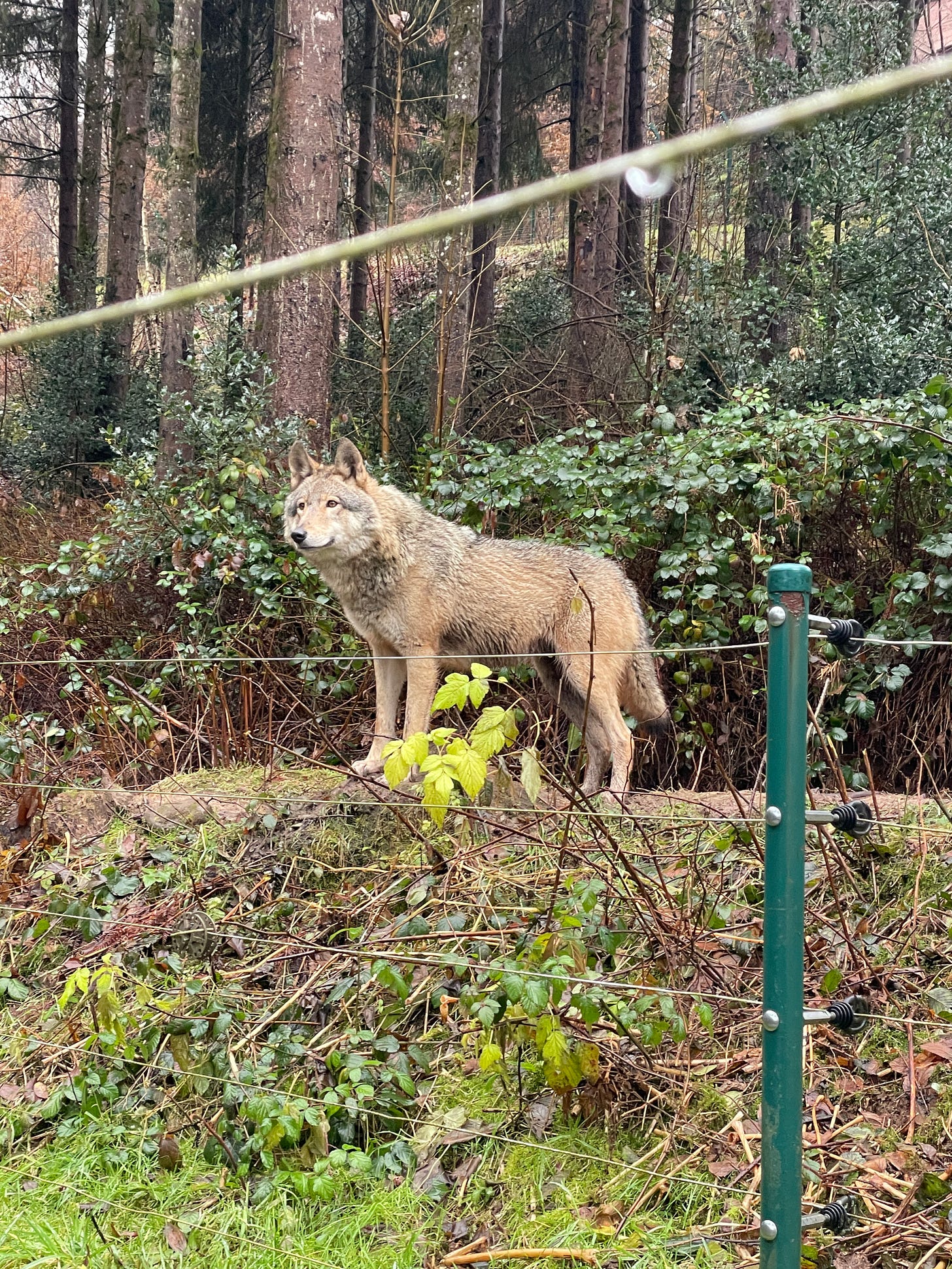
No Country Has a Monopoly on Cruelty
The exploitation of animals for tourism isn’t limited to Thailand. No matter where you're traveling, it's important to stay alert and aware. Travelers should be wary of:
Tiger photo ops in Thailand and Mexico
Sloth selfies in the Amazon
Street monkeys dressed in costumes in Morocco and Indonesia
Swimming with dolphins in captive enclosures in the Caribbean and Mexico
Camel rides near the pyramids in Egypt
Bear photo props in Eastern Europe
Walking with lion cubs or petting baby lions at so-called “rescues” in South Africa
Ostrich rides and ostrich racing in parts of Africa and Dubai
Wolf hybrids and big cats kept for roadside photo ops or drive-through “safari parks” in the U.S.
Captive whales and dolphins in marine parks across North America
Rodeos, marine shows, and traveling circuses throughout the U.S. and Canada
Fake “wolf sanctuaries” or exotic animal petting zoos that allow close contact with wild animals under the guise of education
Even if someone tells you it’s “humane,” “ethical,” or “cultural,” or that the animal is rescued or well cared for—ask questions, trust your instincts, and remember: if money is changing hands for a wild animal interaction, the animal is the one paying the highest price.
And don’t be fooled by the word “sanctuary.” Even places that call themselves sanctuaries can be deceptive.
Sanctuary or Scam? How to Tell the Difference
Before visiting any type of animal sanctuary or refuge, always do your research first to make sure you’re not inadvertently supporting a disreputable, glorified zoo. Sanctuaries dedicated to wild animals can be especially deceptive, as they may misrepresent themselves to attract visitors and money.
Look for accreditations, certifications, or endorsements from reputable organizations, and only visit sanctuaries that prioritize animal welfare, conservation, and ethical practices.
If you’re traveling, consider adding a visit to a reputable sanctuary or wildlife rescue center to your itinerary—not for entertainment, but to learn, support their mission, and bear witness to the lives they’ve saved. Even if you can’t visit in person, donations, volunteering, or simply sharing their work can make a meaningful difference.
Wildlife rehabilitation centers: Whether for birds, mammals, or aquatic animals, many facilities around the world focus on rescuing and caring for injured or orphaned wild animals, providing visitors and volunteers with a chance to learn about conservation and witness animal rehabilitation efforts. While the goal for reputable rehabilitation centers is to return the animals back to the wild, some animals deemed unfit for release may remain at the rehab center serving as ambassadors for their beleaguered species or be relocated to a wildlife sanctuary. But even in those settings, they should be treated as wild animals—not as attractions to be touched, petted, or posed with for selfies.
Wildlife refuges: There are a number of credible wildlife preserves around the world devoted to wild animals who—though they will never again have to entertain humans—could never survive in the wild on their own, declawed, defanged, and dependent as they are. Some of them offer opportunities for visitors to see for themselves the individuals whose lives have been spared, whose bodies have healed, and who have become ambassadors for individuals in similar circumstances who will never be rescued. Even if you can’t visit, you can provide support through monetary and in-kind donations.
Elephant sanctuaries: Requiring a lot of space and an experienced, knowledgeable staff, elephant sanctuaries provide rescued and retired elephants with a safe haven free from exploitation and captivity. In Asia, they offer refuge for elephants traumatized by industries like logging and tourism; in the U.S. and Europe, they provide permanent homes for individuals rescued from zoos and circuses. These sanctuaries offer elephants the chance to live in a natural environment with proper care and dignity, addressing the physical and psychological needs of these majestic animals.
Primate sanctuaries: Depending on the species and their needs, sanctuaries for non-human primates serve as havens for individuals rescued from captivity, laboratories, deforestation, zoos, circuses, and the film and television industries. Doing their best to mimic natural habitats, these sanctuaries address the physical and psychological needs of primates, ensuring they live with dignity and peace. Some sanctuaries prioritize the well-being of their residents over public tours, but most likely they offer opportunities for volunteers.
Big cat sanctuaries: Like all wild animals, large cats—such as lions, tigers, leopards, jaguars, and cougars—do not thrive in captivity and find their way to sanctuaries after being rescued from zoos, circuses, or the pet trade. Reputable sanctuaries provide ample space and enrichment, and may limit public engagement.
Farmed animal sanctuaries: While I’m focusing here on the exploitation and rescue of wild animals, it’s worth mentioning the sanctuaries that provide lifelong refuge to domestic animals—pigs, cattle, goats, sheep, chickens, turkeys, donkeys, and horses—who would otherwise have met a slaughterhouse fate. These animals thrive in sanctuary settings, where they can roam on open pasture and live free from harm. Search online for a farmed animal sanctuary near you.
Explore the World—Without Exploiting Animals
Sanctuaries serve as crucial havens for animals rescued from exploitation, abuse, and neglect—places where they slowly begin to heal from trauma, connect with others of their kind, and live with peace, safety, and dignity.
But let’s be honest: sanctuaries shouldn’t have to exist in the first place.
To truly address the root causes that make them necessary, we have to change the way we interact with animals—especially and including when we travel. That doesn’t mean giving up awe, adventure, or connection. It just means rethinking how we show our love for animals, so we’re not harming the very beings we’re drawn to.
Here are some ways we can help animals—and still have a rich, meaningful, and joy-filled experience in the world:
Let your lifestyle do the talking
Eat plants, not animals. Our food choices impact wildlife habitats, biodiversity, and individual lives more than almost anything else. And the sheer scale of violence inflicted on animals—bred only to be used and killed—is almost beyond comprehension. Choosing plants is one of the most powerful ways to reduce harm.
Learn about animals through books and nature documentaries— not selfies, petting zoos, or circuses.
Pick up a camera. Wildlife photography—done respectfully—is a beautiful way to connect and advocate.
Choose travel that supports animals, not exploits them
Observe animals in their natural habitats. Whether you're watching birds in your own neighborhood or planning a once-in-a-lifetime safari, choose experiences that prioritize the animals’ well-being over entertainment. Ethical safaris, for instance, are led by knowledgeable guides who respect animal boundaries, follow conservation protocols, and educate visitors about the ecosystem rather than staging encounters. (Feel free to ask me about the ones I can recommend.)
Choose ethical eco-tourism at home and abroad. Research your destination, ask questions, and avoid any attraction involving direct contact with wild animals.
Add a visit to a reputable animal sanctuary or wildlife rescue center to your itinerary. It’s a powerful way to support the incredible work being done in the country you’re exploring.
Prepare before you go
Research and save contacts for wildlife rescue groups and animal protection organizations in the country you’re visiting—so if you witness abuse, you’re prepared and not scrambling.
Prepare emotionally for what you might see. From chained monkeys and dancing bears to drugged tiger cubs and camel rides—know what’s out there, and plan how you’ll respond if needed: calmly, compassionately, and with purpose.
Be a voice for animals while you travel
Report abuse on social media. If you see a wildlife selfie, chained animal, or any exploitative content on Instagram, Facebook, TikTok, or YouTube—flag it as harmful. These platforms now partner with wildlife groups to remove abusive content, though enforcement is far from perfect.
Use your voice when safe. If you feel comfortable, speak up in the comments or educate fellow travelers—kindly and clearly—about what the animals are enduring behind the scenes.
Protect wild animals at home, too
Create your own wildlife habitat. Plant pollinator-friendly species, remove invasives, and provide water, food, and shelter for local animals. Whether it’s a front yard, backyard, or balcony, we can all turn the spaces we manage into sanctuaries. (See articles in my Rewilding series for inspiration.)
Protect wild spaces. Support conservation efforts that preserve forests, grasslands, wetlands, and oceans.
Volunteer with conservation and rescue organizations doing real work on the ground.
Support legislation that bans wild animal acts, animal testing, and the wildlife pet trade.
The good news is, we don’t have to give up rich, meaningful, or magical travel experiences. We just have to be more mindful. With some awareness, compassion, and a little research, we can explore this world with wonder—and without harm.
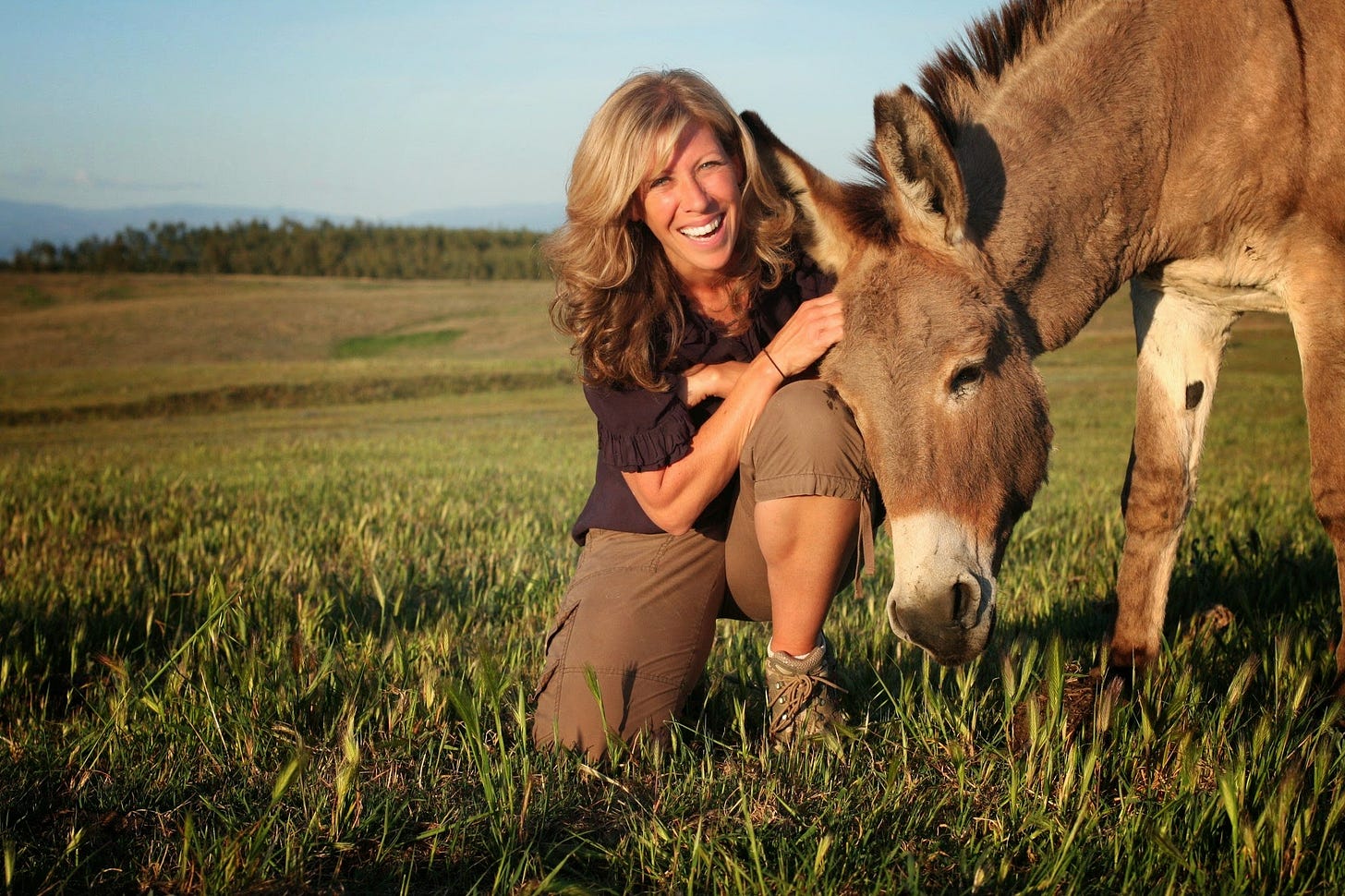
Ethical All-Inclusive Vegan Trips
👉 Travel with me! I host animal-friendly, luxury, all-inclusive vegan trips around the world, specifically curated to ensure high-quality, high-touch premium experiences. Check out our upcoming trips, and let me know if you have any questions.
👉 Read more travel tips! The Joyful Vegan Travel Series is a Substack-exclusive collection of tips, stories, and reflections from our adventures around the world. As a subscriber, you’ll receive:
My favorite plant-based dishes and restaurants
Hidden gems and meaningful cultural experiences
Tips for avoiding animal cruelty while traveling
Sneak peeks, stories, and real-time updates



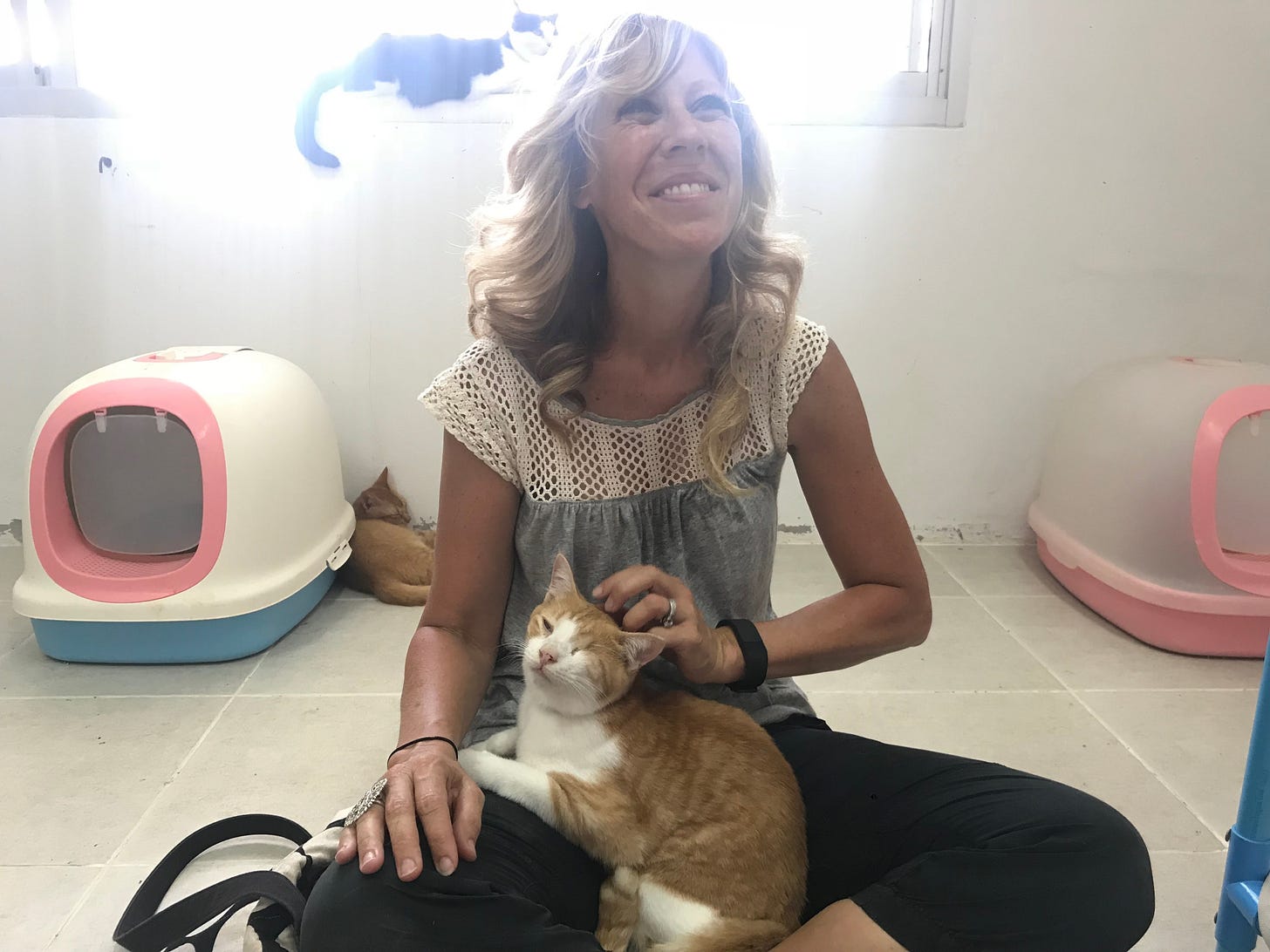
I had no idea camel rides near the pyramids in Egypt was exploitation. I'll be more aware in the future!
I'm curious about accreditations for sanctuaries and rescues, especially outside the US. I'm in the early stages of planning a trip to Costa Rica 🐍🦎🦥🐊